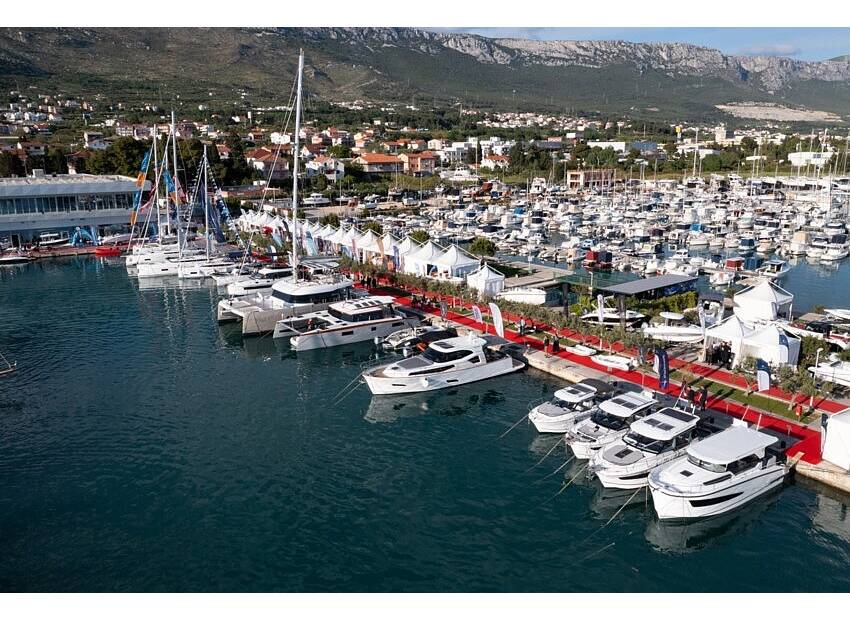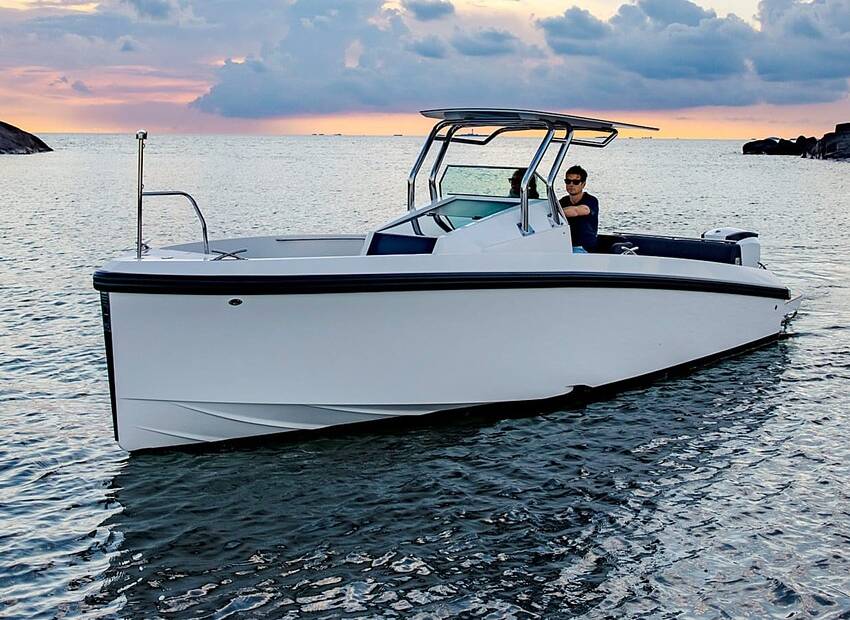You strain through the binoculars one dark night...
to find the light that marks the reef to starboard.
There!--just off the bow--you see a flash of red light.
Suddenly--your depth sounder alarm triggers...
as water beneath your sailboat keel begins to shoal!
~~~~~~~~~~~~~~~~~~~~~~~~~~~~~~~~~~~~~~~~
Black night--no starlight. You strain through the binoculars to pick up the next light that marks the dangerous reef to starboard. There!! Just off the bow a flash of red flickers and dies. But the chart plotter shows a white light with a 6 second flash! And then your depth alarm begins to sound to warn you of shoaling beneath your keel. What now, skipper?

Look for major lights and lighthouses along the coast on your nautical chart or chart plotter. Some of these lights will show an arc--or "sector"--of light or dark to mark dangers or limitations. In the scenario above, the skipper has sailed into the dangerous "red sector" of Rebecca Shoal Light (see illustration above).
Cartographers (chart makers) use light sectors on your nautical chart or chart plotter to:
Mark the limits of a deep water channel.
Show the location of a deadly danger.
Warn the mariner of land in the way.
Lead the mariner clear of rocky shoals.
Decrease intensity for easier identification.
Increase intensity for easier identification.
Let's take a closer look at these unique aids to navigation:
Mark the Limits of a Deep Water Channel

Look for segments of white light to show the safe area within a channel or fairway (illustration above). These "Directional" lights are more common in European waters than U.S. waters.
Stay inside the cone of white light (white often used, but check your chart to make sure) for the deepest water beneath your keel. Keep a sharp lookout if you begin to see green or red light (use same caution above on colors), which indicates that wind or current has pushed you outside of the main channel.
Note the sequence of abbreviated light descriptions: Type of flash (if any; some lights may show a fixed light); color of light (always capitalized); light period in seconds (s); height of light (in feet (ft.) or meters (m); nominal range of light or lights in nautical miles (M) (dual designations show the range of the higher intensity white light followed by the range of the lower intensity colored lights). (also, see "Related Articles" at the bottom of this newsletter).
Show the Location of Deadly Dangers 
Note the abbreviation "F.R." for fixed red (left illustration), or in some cases just the word "Red" (right illustration) will be shown between the sector cones. Look at the uppermost illustration of Rebecca Shoal Light, located off the Florida Keys. It shows a flashing red sector to warn of dangerous shoals. In all cases, study your sailing navigation chart to determine the specific character of any red danger sector.
Take immediate action if you sail into a fixed or flashing red sector light that marks a danger. Change course toward deeper water and make best speed. Continue to sail on this course until you again see the main flashing light characteristic of the light structure (with Rebecca Shoal Light, you would continue to sail on the new course toward deep water until you again sighted a flashing 6 second white light characteristic).
Warn the Mariner of Land in the Way

Did you know that islands or high land mass could obscure a light? Scan your chart for the abbreviation "Obscd" or "Obsc", which means "obscured", written somewhere inside the sector arc. You can see how the large island in the illustration blocks out the light. Double check your nautical chart when near the coast and highlight areas like this so that they stand out in low-level light conditions day or night!
Members click here to read Part II. Discover how to use sector lights to clear rocky shoals.
Learn the secrets of bright or dim light sectors for sailing safety. All this and more just ahead!
Not yet a member? Click here now!
Get instant access to 400+ sailing articles, videos, live discussion forums, and free ebooks! Click here to find out more!
Captain John






















